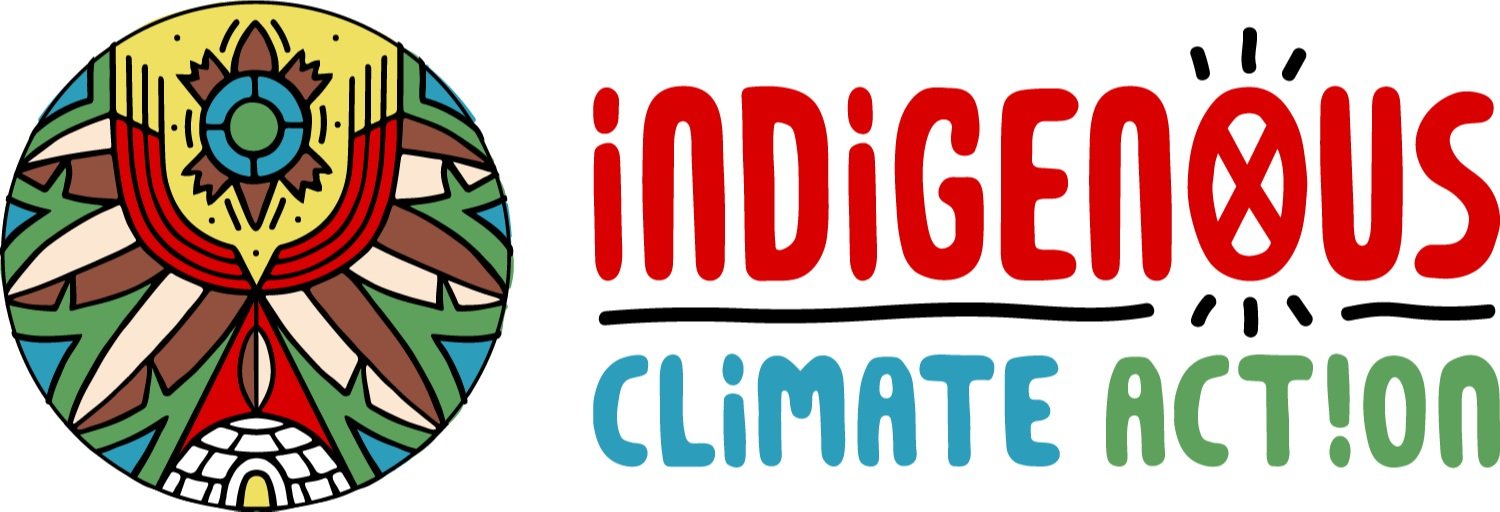Nuclear Waste Dump Threatens Kichi Sìbì (Ottawa River)
Canadian Nuclear Laboratories (CNL) is pushing forward construction of a Near Surface Disposal Facility (NSDF), otherwise known as a nuclear waste dump, less than 1 kilometre away from the Kichi Sìbì (the Ottawa River) without the Free, Prior, and Informed Consent of the Algonquin Nations whose territory they are on.
On June 20, impacted nations spoke out against the project during a news conference where they also made public an Indigenous-led Assessment of the Canadian Nuclear Laboratories Near Surface Disposal Facility And Legacy Contamination Of Algonquin Aki Sibi.
The chiefs made it clear that this project is a direct threat to the rights of Indigenous peoples and the project would pose serious threats to culture, land, water and wildlife. It is important to understand that this is not just a risk to Indigenous communities; it is a risk to everyone who lives along the Ottawa River, including residents in Ottawa who rely on the river for their water and livelihood.
Nuclearization of Indigenous Land
Oiseau Rock
Beginning nearly eighty years ago with the establishment of the Chalk River Laboratories along the Kichi Sìbì, sitting on unceded Algonquin territory, Indigenous nations have been facing the expansion of so-called Canada’s nuclear industry. The Chalk River Laboratories sits across the river from a noted community spiritual site, Oiseau Rock, near the lumbering town of Chalk River.
The Canadian Nuclear Laboratories (CNL) is a branch of the federal crown corporation, the Atomic Energy of Canada Limited (AECL). Chalk River Laboratories are owned by CNL, and operated by the Canadian National Energy Alliance, a private-sector holding company—that is not under direct control of the government—overseen by SNC-Lavalin.
Chief Lance Haymond
“This nuclear site is already leeching radioactive pollution into the Ottawa River in the form of Tritium, which is radioactive hydrogen, and it’s only going to get progressively worse. And there’s no treatment for Tritium. So CNL and CNSC (Canadian Nuclear Safety Commission) will tell you that they are going to build a treatment plant, but you know in our world we know that you never build your treatment plant above where you collect your drinking water—and this is precisely what CNSC is going to do.” — Chief Lance Haymond (Kebaowek First Nation)
While CNSC claims that it had signed an agreement and received consent from the Algonquins of Pikwàkanagàn, in truth, they consulted only one voice of the Algonquin nation, the remaining ten communities oppose the project and have not given their consent.
“The Canadian government has failed its duty to consult with us. We also point out that approving this dump would violate UNDRIP… we do not consent with the construction of the NSDF in our territory. We believe that consultation has been inadequate, and our Indigenous rights are threatened by this proposal.”
Nuclear Energy is Not a Viable Option
According to scenarios from the World Nuclear Association and the OECD Nuclear Energy Agency, doubling the capacity of nuclear power worldwide in 2050 would only decrease greenhouse gas (GHG) emissions by around 4%, yet would require 37 new large nuclear reactors to the grid every year from now until 2050. In other words, nuclear energy delivers too little energy to matter.
Nuclear power plants are too dangerous and leave communities vulnerable. Power plants require some of the most complex set of resources to be ready at all times—this is not guaranteed with the growing climate crisis and resulting extreme weather events that will affect operations. Additionally, nuclear energy is too expensive to be sustainable. It costs on average more than double the cost of other energy alternatives like solar and wind—and those costs continue to increase. The large amounts of waste that is produced by the nuclear fuel cycle is highly radioactive, and will remain so for several thousand years—and yet no government has ever been able to find a way to safely manage it.
Nuclear energy is not a sustainable, adequate, or safe option—now, or ever, for our present and future generations to inherit.
Free, Prior, and Informed Consent
What is Free, Prior, and Informed Consent?
Free, Prior, and Informed Consent (FPIC) is a specific right granted to Indigenous Peoples recognized in the UN Declaration on the Rights of Indigenous Peoples (UNDRIP), which aligns with their universal right to self-determination. FPIC allows Indigenous Peoples to provide, withhold, or withdraw consent, at any point, regarding projects impacting their territories. FPIC allows Indigenous Peoples to engage in negotiations to shape the design, implementation, monitoring, and evaluation of projects.
What is the UN Declaration on the Rights of Indigenous Peoples?
The United Nations Declaration on the Rights of Indigenous Peoples (UNDRIP), adopted by the UN in 2007, recognizes the inherent rights and sovereignty of Indigenous nations around the world. So-called Canada was the last to officially implement UNDRIP into law in 2021, after Indigenous land, air, and water protectors spent over a decade urging the country to adopt it.
The declaration contains 46 Articles outlining inherent rights that Indigenous peoples have, what Indigenous rights are, and how they are to be protected—both individually and collectively.
It is vital that we recognize that the nations opposing this project have never given consent for CNL to begin these projects in the first place, and have been strategically left out of the consultation processes since. This is not Free, Prior, and Informed Consent—it is a direct violation of their Indigenous rights.
Environmental Racism and Sacrifice Zones
Coined in 1982 by Black civil rights leader, Benjamin Chavis, the concept of “environmental racism” is described as:
“… racial discrimination in environmental policy-making, the enforcement of regulations and laws, the deliberate targeting of communities of colour for toxic waste facilities, the official sanctioning of the life-threatening presence of poisons and pollutants in our communities, and the history of excluding people of colour from leadership of the ecology movements.”
Environmental racism is a form of systemic racism—resulting from institutional policies and practices. Embedded into laws, policies, and institutions, this systemic racism has been around since colonization. “Sacrifice zones”, or land that is deemed worthless or unusable to colonial capitalism, is a byproduct of environmental racism that allows for offloading of environmental hazards and degradation of the land, water, and air in areas that disproportionately impact Indigenous and racialized communities.
Indigenous Resistance
“It’s been a lot of community drive and initiative to put this Indigenous-led assessment on the NSDF together over a short time period. In the end, we know we have a choice. We can either be part of the solution or continue to be part of the problem. For this reason, we do not support the NSDF project and realize together we can do a lot more than individually.”
Since the project’s announcement in 2016, CNSC has had over six years to accumulate information and conduct studies surrounding the project. Hearings surrounding the NSDF proposal were paused last year and the procedural order of the commission granted the impacted nations only six months to do a complete literature review, and conduct their own studies. Quickly it became clear that the nations should have been consulted early on, as the information accumulated by CNSC indicated huge gaps in their work and studies, and that six months would not be enough time. Though an eventual eight month extension was granted, it was still unrealistic as the nations faced continuous and immediate challenges by CNSC to complete the work.
Chiefs of the Kebaowek and Kitigan Zibi Anishinabeg First Nations released their Indigenous-led assessment of the NDSF proposal and the consequential impacts it would have to culture, land, water and wildlife. The assessment outlines serious concerns about the effects radioactive waste will have on the great river—one of the most historic rivers in so-called Canada—as well as future generations. The remaining ten Algonquin communities are calling for the federal government to abandon the proposal and shift to real cleanup of the site.
On August 10, Algonquin communities are organizing a Water Walk in Ottawa where they will voice their opposition to the project, outside the hearings where decisions about the licensing of the NSDF will be made.



